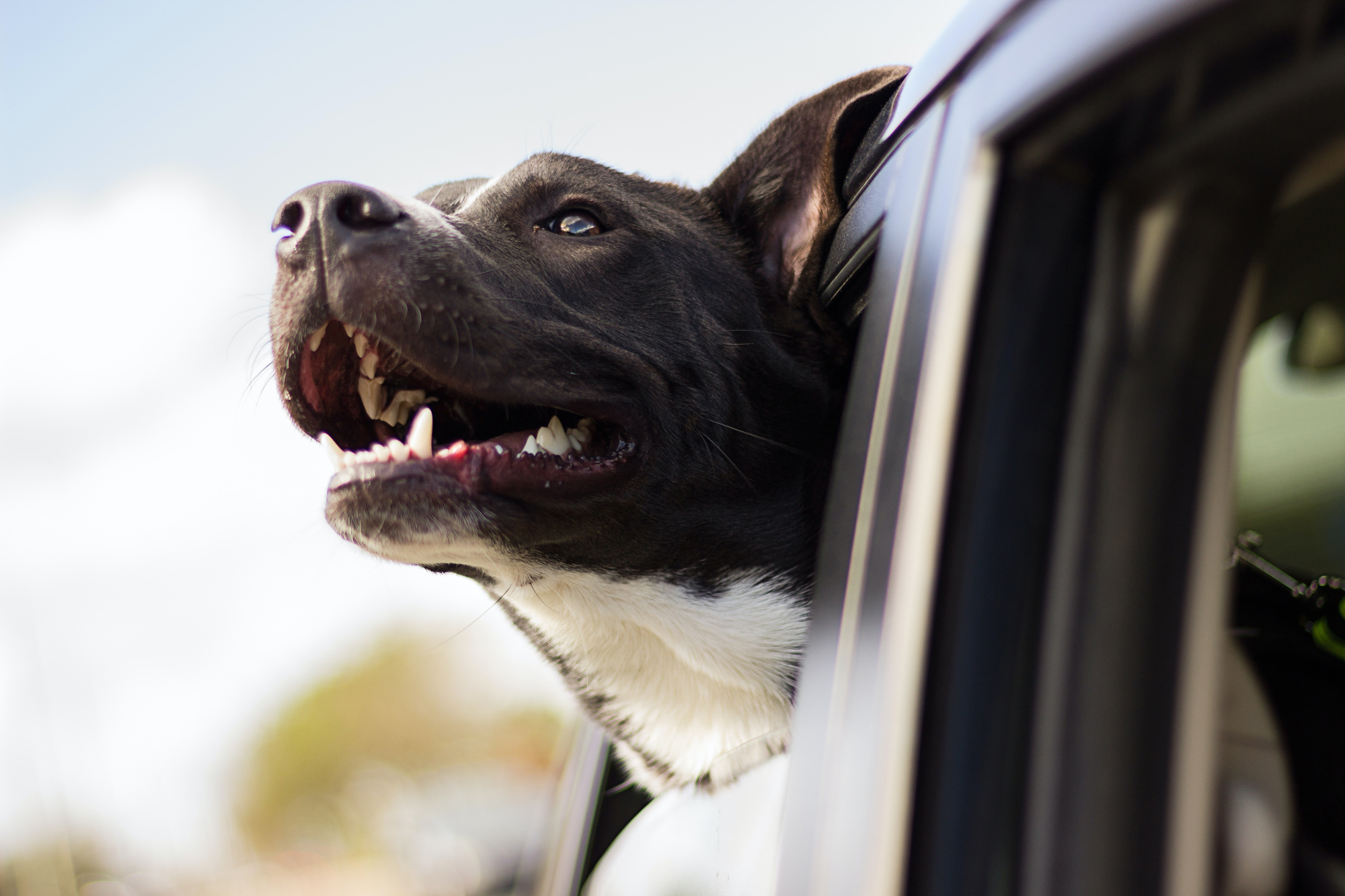Taking a pet on a trip with you can be a rewarding experience for both you and your furry companion. Especially if you prioritize creating a fun and stress-free environment for them to enjoy. Everyone’s pets are different, so consider how to best apply the following tips to your pet’s personality, temperament, and preferences for a memorable pet-friendly vacation. When taking your pet on vacation with you, you’ll want to maximize their safety, comfort, and well-being.
1. Consider a travel-ready crate.
Travel crates come in several different varieties including traditional crates, kennels, and portable carriers. Each can be helpful depending on the type of trip you’re taking. Choose one that fits your vacation plans, with a variety of sizes, designs, and materials available.
Large fabric-lined kennels can provide maximum comfort for your pet on vacations like camping trips. Purchase one that’s easily cleaned with a hose and light dish soap when you return home. While bigger kennels offer plenty of space, they aren’t as portable as other options and probably only necessary if your animal needs to be crated for long periods. Smaller carrying crates can help easily transport small pets from one location to another but will offer little in the way of overnight or on-the-road accommodations. A medium-sized, traditional metal crate can be a bit more all-purpose, with its convenient size allowing for both transport and housing over short periods.
You’ll want to take steps to ensure your pet is comfortable with crate pads and pillows. Find washable pads resistant to stains to reuse them on future pet-friendly trips. You might consider an absorbent pad if your pet is prone to nausea or accidents.
2. Don’t add toys (or other unnecessary items) to your travel crate.
Properly sized and secured bedding is important for keeping your pet calm and comfortable over long drives or flights. However, lots of unsecured items like toys and pillows can do more harm than good. While owners may mean well by offering their pets distractions when they are anxious or bored, your pet is unlikely to play while en route to a destination. Toys and comfort objects could make your dog feel claustrophobic and might be harmful projectiles in the event of an accident.
3. Carry copies of your pet’s paperwork.
There are many benefits to having your pet’s documentation on you while you travel. This is doubly important for international travel. Some important types of pet documentation you could need for your trip are:
- Birth certificate
- Immunization records (including rabies vaccination)
- Medical records
- Identification information
- Microchip registration information (with updated contact information)
- Certificate of veterinary inspection or other travel certificate
- International destination-specific documents
Depending on the country or countries you’re traveling to, national and local governments likely have their own standards for transporting pets across international borders. Many of the required documents will center around verifying that your pet has been tested and cleared of common transmittable diseases. In addition, US airlines also have their own pet documentation requirements. Check the TSA or airline website to determine what records your pet will need to fly.
4. Locate your pet when lost.
Microchipping pets at birth has become a popular practice but if your adult pet isn’t chipped yet, you may want to consider it. After all, the thought of losing your pet in an unfamiliar place is daunting, making microchipping worth the peace of mind. Authorities often know to scan lost pets, greatly increasing the chances yours is returned safely if lost. Microchipping is a relatively painless process and can be done quickly and affordably at any age.
5. Carry pet-friendly first aid provisions.
Travel experts emphasize the importance of first aid kits for people, so why not pets? Prepare for illness, injury, or allergy with the following pet first aid kit items.
- Thermometer
- Emergency collar
- Tick remover
- Bee sting remover (some include a topical pain reliever)
- Pet-safe antihistamine (diphenhydramine, the active ingredient in Benadryl, is considered safe for most pets)
- Gauze, bandages, and medical tape
- Antiseptic
- Antibiotic spray
- Gloves
- Muzzle
This list is not exhaustive but it does contain the essentials. Always ask your veterinarian how you can prepare to administer first aid to your pet in the event of an emergency. They may recommend provisions beyond what’s listed above. You can build your own first-aid kit or buy a pre-assembled one. Choose a carrying case for your kit that’s durable and made to withstand the elements. Note that some first aid provisions expire so you’ll want to replace items that have been on your shelf too long. Plus, it’s always good to have backups of the important stuff.
6. Choose a pet-friendly itinerary.
Keep in mind that some of the best pet-friendly destinations aren’t necessarily the most popular with people. The wooded and mountainous pet paradises in the American South and Midwest are chock-full of new sites and smells. Beaches in the Northeast can be less crowded, less hot, and more likely to allow dogs. Further south you can find North Carolina’s Outer Banks, a coastal destination overflowing with pet-friendly hotels and rentals.
Even urban or historic destinations can be enjoyable for your pet if your itinerary is planned well. Dog-friendly cities include Seattle, WA, Sedona, AZ, and Chicago, IL; all have a well-earned reputation for pet-friendly bars, restaurants, and coffee shops as well as public spaces. Activities include driving tours in the desserts of Sedona, ferry rides in Seattle, and dog-friendly restaurant menus in Chicago. For an East Coast pet-friendly escape, try Washington, DC. You’ll love the history and accessible public transportation, while your furry companion will enjoy the sprawling parks dotted around the capital!
Here are a few other tips for a pet-friendly itinerary:
- Consider whether public transportation at your destination allows pets.
- Find overnight lodgings that accept pets.
- Avoid over exercising your pet.
- Limit sun exposure.
- Observe local leash laws.


